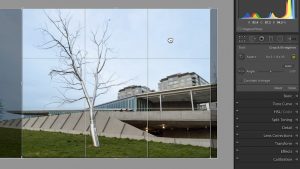

[dropcaps]J[/dropcaps]apanese photographer Naoya Hatakeyama’s hometown of Rikuzentakata, Japan, was destroyed by the March 11, 2011 Tohoku earthquake and tsunami. A few days later, he returned to what was left of his town to document the aftermath.
Can you even imagine?
Hatakeyama’s series, Rikuzentakata, was created during the 6 months after the earthquake and tsunami. Hatakeyama, who lost his mother, friends and neighbors, documents the tangled metal and strewn houses that were his community. In his typical style of neutral observation, Hatakeyama has created a haunting series of 60 images showing the quiet beauty of the devastation left behind.
Hatakeyama uses his lens to frame the chaos, quiets it down so we can look at it, and yes, finds the beauty in what was left behind.

Hatakeyama first US solo exhibit, Natural Stories, is currently at the San Francisco Museum Of Modern Art.
The exhibit covers 3 decades of Hatakeyama’s work, and includes various series, including:


Naoya Hatakeyama’s work is impactful and asks us to think about what stories exist in our natural landscape, and how we interact with them.
Go take a look!
SFMOMA:
EXTRA READING:
When you visit, make sure to look through the catalog by the same name as the exhibit, Natural Series. Its on display outside the exhibit, and includes some great essays.
http://lightbox.time.com/2012/07/27/changing-landscapes-naoya-hatakeyama-natural-stories/#1
This post is written by Barbara Bowman.

